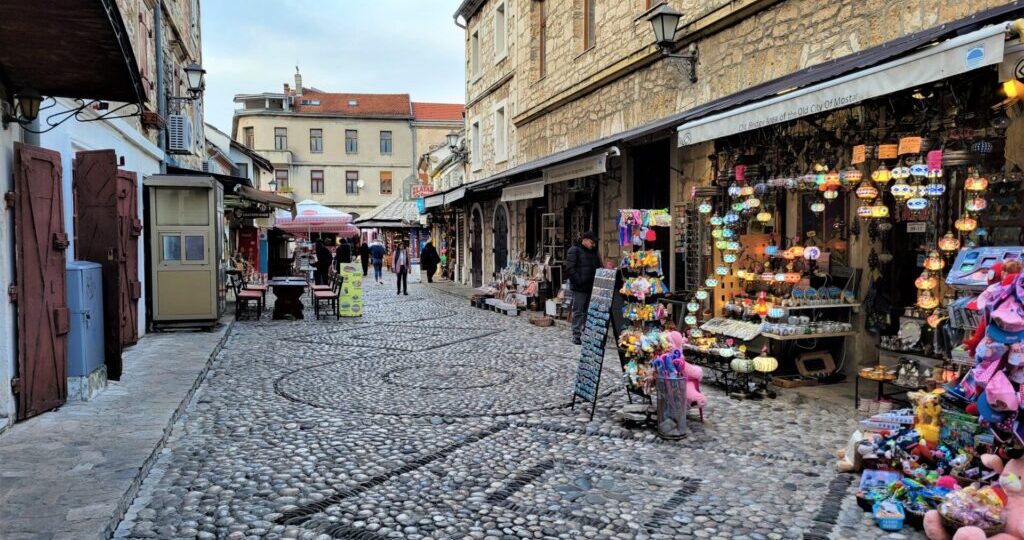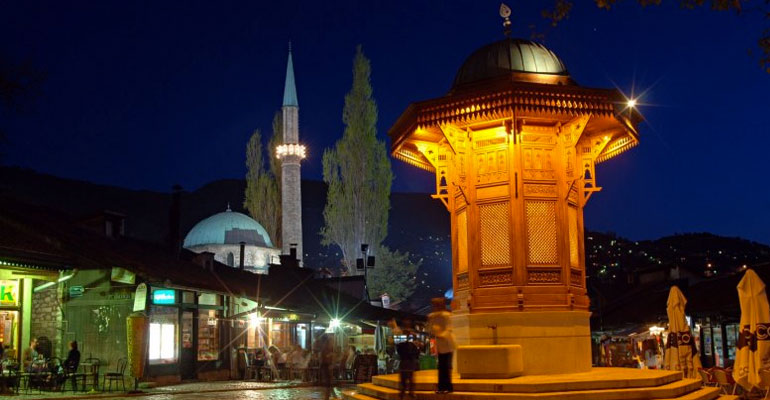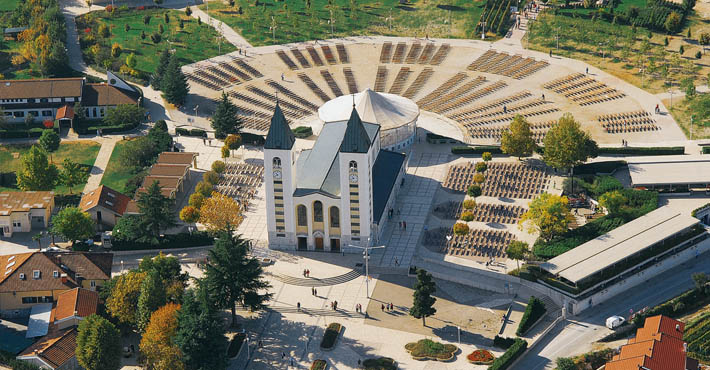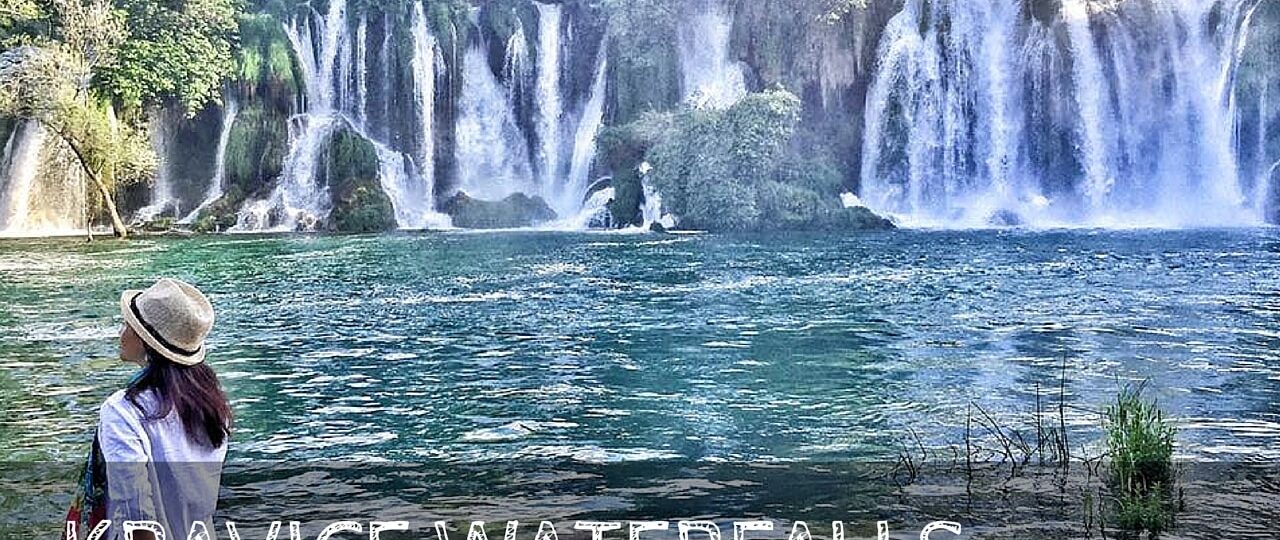Mostar, a city that blends ancient history with modern vibrance, is currently buzzing with several exciting projects and events that will …
Exciting Developments in Mostar: New Cultural Initiatives and Infrastructure Improvements


Mostar, a city that blends ancient history with modern vibrance, is currently buzzing with several exciting projects and events that will …

Discover Sarajevo, the heart of Bosnia and Herzegovina — a city where East meets West, history blends with culture, and warm hospitality awaits. Explore historic landmarks, vibrant bazaars, and scenic mountain views.

Plan your visit to Međugorje, a world-famous pilgrimage site with religious landmarks, hiking trails, and nearby attractions.

Discover the top 2025 travel trends, from slow travel and eco-conscious escapes to AI-powered itineraries and immersive cultural experiences. Plan smarter, travel deeper.

Discover Kravice Waterfalls in Bosnia and Herzegovina – a stunning natural oasis perfect for swimming, sightseeing, and relaxation. A must-visit destination near Mostar